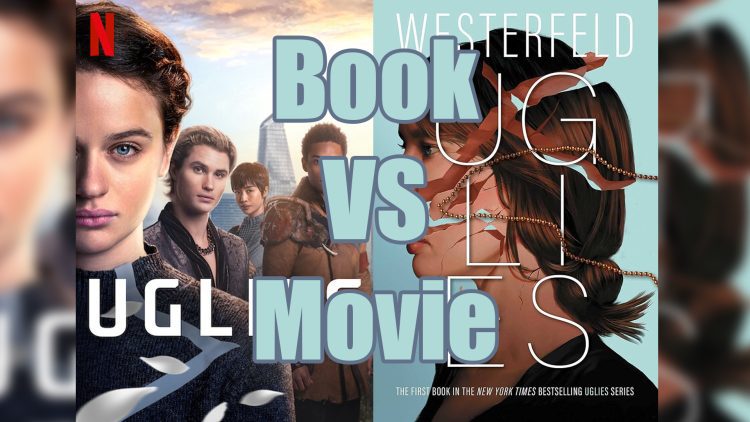In our latest podcast episode, hosts Meaghan and Shirin provide in-depth analysis and critique of the 2024 Netflix book adaptation of Scott Westerfeld’s young adult novel Uglies. As we delve into their discussion, we’ll explore the film’s premise, its execution, and how it compares to both the source material and the current social climate.
Note
The following is an editorialized transcript of our weekly literary podcast. If you would like to listen to the podcast, click the play button above orlisten on your favorite platform with the links below.
Setting the Stage: The Dystopian World of Uglies
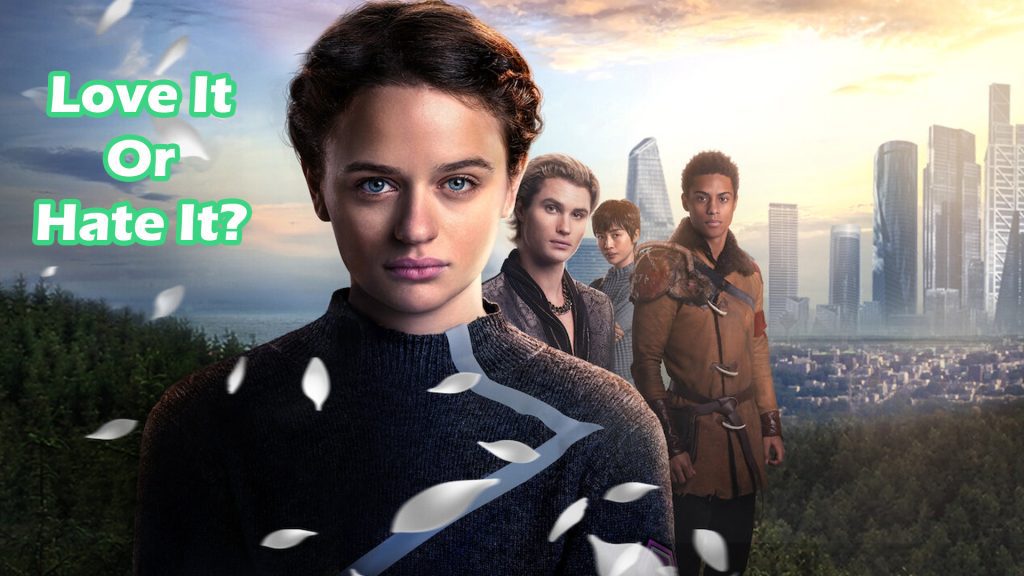
We begin by introducing us to the dystopian world of Uglies. Set in a future where humanity has nearly destroyed the planet through the overuse of natural resources, society has been restructured around the concept of physical beauty. At the age of 16, every citizen undergoes mandatory surgery to become “pretty”, ostensibly to eliminate societal divisions based on appearance.
We learn that the protagonist, Tally Youngblood (played by Joey King), is eagerly awaiting her turn to become “pretty”. However, her world is turned upside down when she meets Shay, a rebellious teen who introduces her to the idea of resisting the surgery and escaping to a place called “the Smoke”.
Book vs. Movie: Differences

Throughout the podcast, Meaghan, who has read the first book in the series, provides valuable comparisons between the source material and the film adaptation. We discover that while the basic premise remains the same, there are significant differences in execution and depth:
- Character Development: The hosts note that Tally’s character in the book has more “gumption” and internal conflict about the pretty surgery. In contrast, the movie version comes across as one-dimensional, primarily focused on becoming pretty.
- World-building: The book apparently provides a more nuanced view of society, including neutral characters like the “Rangers” who aren’t present in the film. This additional layer adds complexity to the story that the movie lacks.
- The “Pretty” Surgery: In the book, the surgery is described as an extreme procedure that drastically alters one’s appearance. The movie, however, fails to convey this transformation convincingly, relying instead on makeup and subtle visual effects.
Casting Conundrums and Visual Disconnect
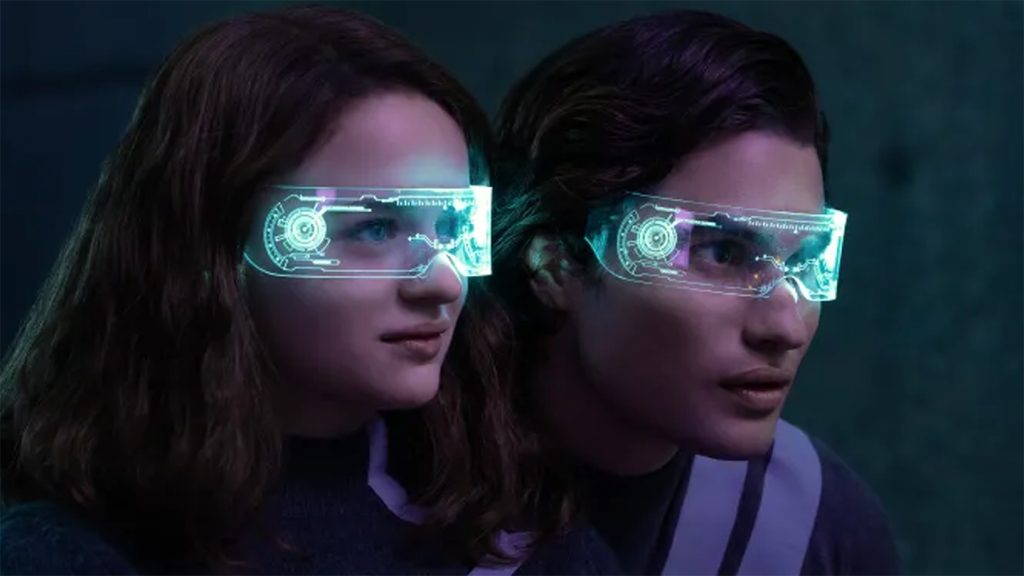
One of the major criticisms we have is the film’s casting and visual representation of the “uglies” versus the “pretties”. We point out that all the actors cast as “uglies” are conventionally attractive by today’s standards, which undermines the entire premise of the story.
We learn that this issue was widely discussed online even before the movie’s release, with many pointing out the absurdity of casting typically attractive actors to play characters who are supposed to be considered unattractive in their world. While it may have been controversial, we suggest that using different actors for the pre and post-surgery versions of characters might have been a more effective approach.
RelatedDiscussion: Do you want there to be an Uglies part 2?
Outdated Concepts in a Modern Context
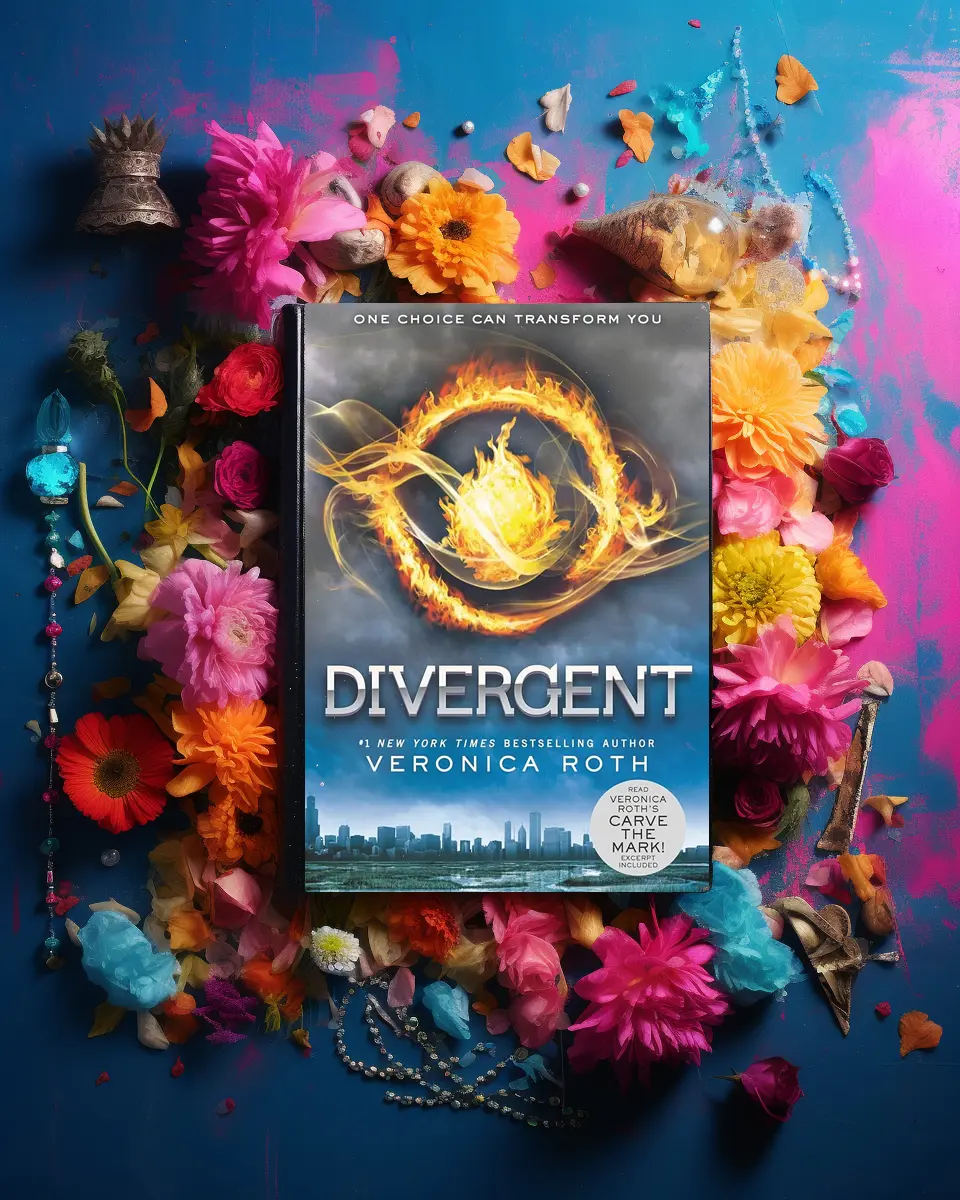
A significant portion of the discussion revolves around how the core concept of Uglies feels outdated in 2024. We argue that societal understanding of beauty standards has evolved significantly since the book was written in 2005. If the movie had been made in the early 2010s, alongside other young adult dystopian adaptations like The Hunger Games or Divergent, it might have been more relevant and better received.
We’re reminded of the problematic nature of extreme makeover shows from the early 2000s, such as The Swan, which we compare to the premise of Uglies. We express relief that such shows are no longer considered acceptable, highlighting how our societal views on beauty and self-worth have progressed.
RelatedTop 10 Binge-Worthy YA Dystopian Series You Can’t Miss
Plot Holes and Inconsistencies
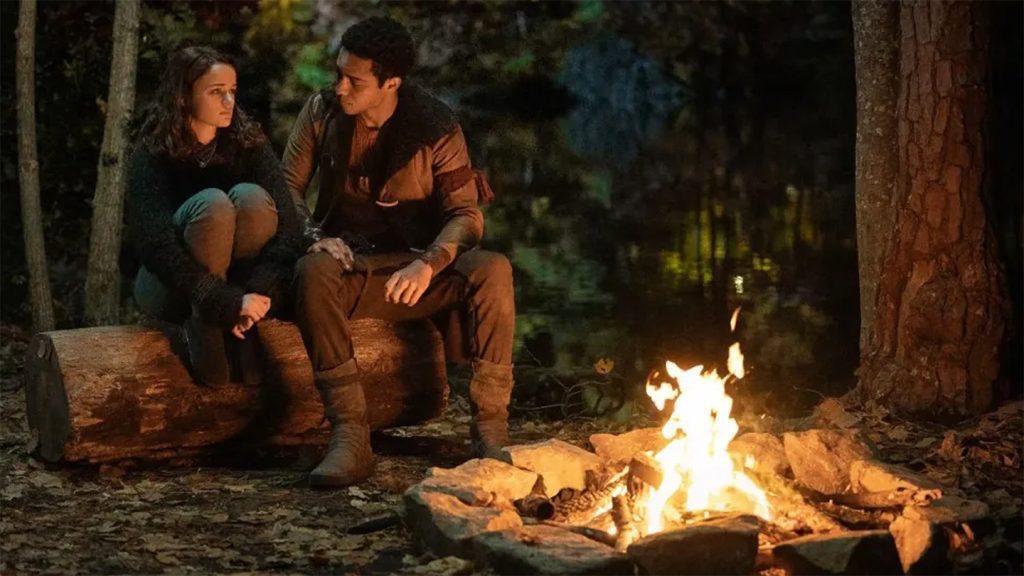
As we delve deeper into the movie’s plot, we can’t help but point out several inconsistencies and poorly explained elements:
- The Smoke: The rebellion’s hideout is not well-developed, and the sudden appearance of supporters at the end feels contrived.
- Brain Alterations: While the movie hints at mental changes caused by the surgery, it doesn’t explore this aspect as thoroughly as the book does.
- The Cure: The development and implementation of the cure for the surgery’s effects feel rushed and poorly explained.
- Character Motivations: We also find Tally’s decision to undergo the surgery to test the cure illogical, given that Shay’s unwillingness to reverse her surgery demonstrates the procedure’s mind-altering effects.
We hear that despite the star power of actors like Joey King and Laverne Cox (who plays Dr. Cable), the performances feel constrained by the weak script and underdeveloped characters. We express disappointment that Cox, known for her nuanced performances, is reduced to a generic villain role.
The visual effects and production design receive mixed reviews. While the futuristic city is described as a blend of Blade Runner and The Fifth Element, the overall aesthetic feels derivative rather than innovative.
RelatedPage-Turners Alert: The 10 Most Addictive Young Adult Book Series
Comparative Analysis
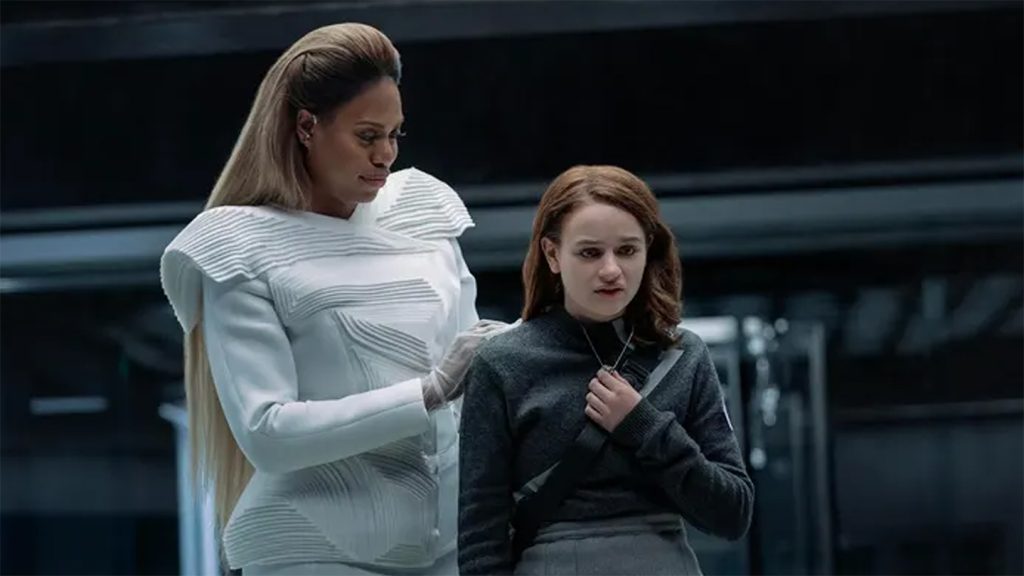
We find ourselves frequently comparing Uglies to other young adult dystopian adaptations, noting how it falls short in comparison. The movie might have benefited from the world-building techniques used in franchises like The Hunger Games or the character development seen in Divergent.
We’re also given insights into how Uglies fits into the broader context of body image narratives in media. We discuss how the film’s premise feels regressive compared to current conversations about body positivity and self-acceptance.
Final Thoughts and Reception
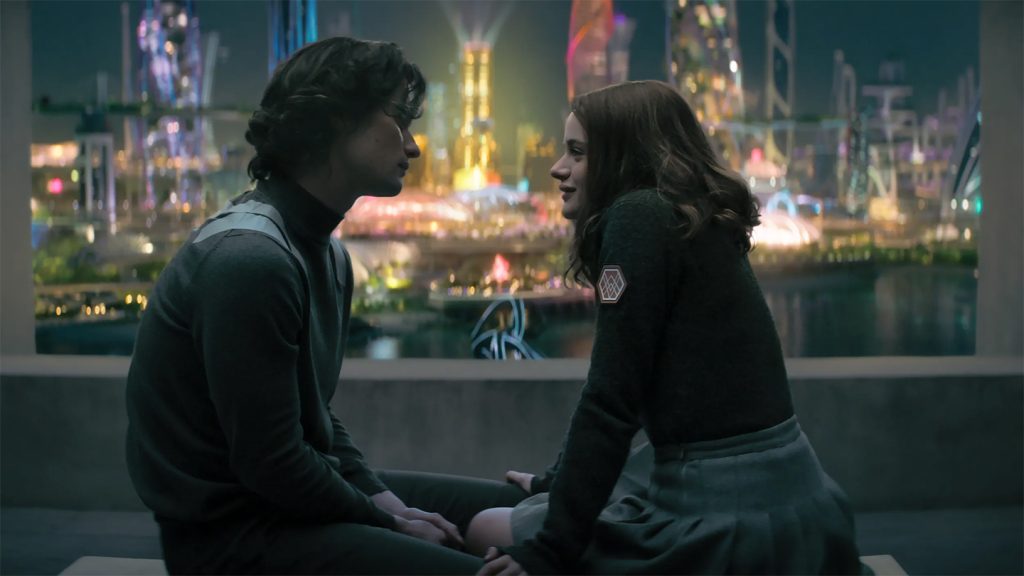
As the podcast wraps up, we learn about the movie’s poor reception among critics and audiences. We share that Uglies has a 15% critic score and a 47% audience score on Rotten Tomatoes, with an IMDB rating of 4.8/10, and speculate that the higher audience score might be due to viewers having limited options on Netflix rather than genuine appreciation for the film.
We conclude that while the core idea of Uglies could be interesting to explore, the execution of this adaptation falls flat. We express doubt about the possibility of sequels, given the poor reception and the likely high production costs.
The episode leaves us with much to ponder about the nature of adaptations, the relevance of certain narratives in changing social contexts, and the responsibility of filmmakers when dealing with sensitive topics like body image and self-worth. While Uglies may not have succeeded as a film, the discussion it provokes about these important issues proves valuable and thought-provoking.

